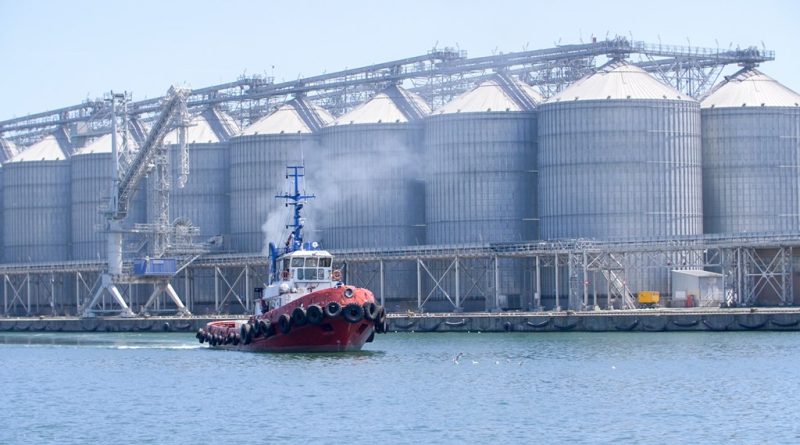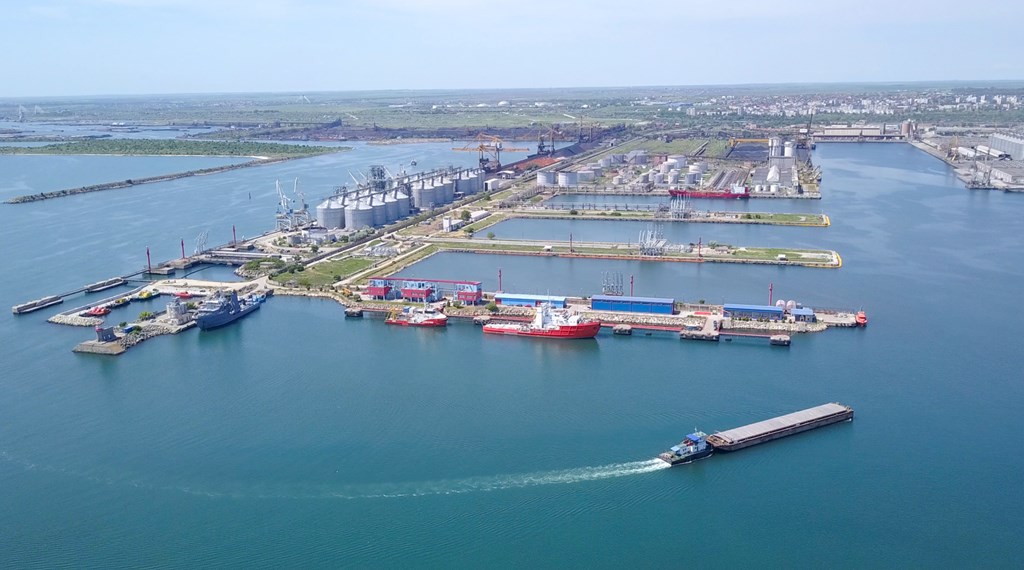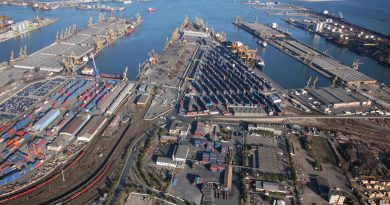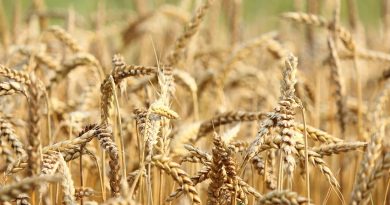Dan Luke Konstanca 22. septembra u Novom Sadu
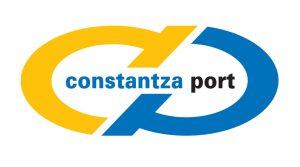 Ovogodišnji Dan Luke Konstanca biće održan 22. septembra u hotelu Sheraton u Novom Sadu. Administrativna Uprava Luke Konstaca, po 14. put će organizovati događaj koji je postao mesto susreta najvažnijih činilaca u oblasti transporta, logistike i agro-biznisa.
Ovogodišnji Dan Luke Konstanca biće održan 22. septembra u hotelu Sheraton u Novom Sadu. Administrativna Uprava Luke Konstaca, po 14. put će organizovati događaj koji je postao mesto susreta najvažnijih činilaca u oblasti transporta, logistike i agro-biznisa.
Nakon dve godine pandemije, događaj “Dan Luke Konstanca” vraća se u Srbiju, a predstavnici Luke Konstanca još jednom će imati priliku da se sretnu sa svojim partnerima iz Srbije i da učvrste dobre odnose i saradnju sa lukama na Dunavu iz celog regiona. Ovogodišnja manifestacija odrzaće se u Novom Sadu i još jednom će pružiti priliku za upoznavanje srpskog poslovnog okruženja i pospešivanje stvaranja novih partnerstava.
Tokom dve godine ograničenja usled pandemije COVID-a, luka Konstanca zabeležila je uspešan period sa stanovišta saobraćaja – prošle godine je ostvarila najveći obim saobraćaja u rumunskim lukama i najavila rekord od 67,5 miliona tona. Od ukupnog saobraćaja realizovanog u 2021. godini, pomorski saobraćaj iznosio je 51,63 miliona tona, a rečni saobraćaj 15,87 miliona tona. Za 2022. godinu, prema preliminarnim podacima, beleži se porast prometa robe od 17 odsto – 37,5 miliona tona registrovanih za 6 meseci – trend koji stvara uslove za obaranje rekordnog prometa ostvarenog 2021. godine.
Kada je u pitanju promet robe koja dolazi iz Srbije ili je u tranzitu kroz našu zemlju, u 2021. godini zabeleženo je 8,9 miliona tona, a ukupno 4,1 milion tona u prvoj polovini 2022. godine. U pitanju su uglavnom bile žitarice, đubriva (prirodna i hemijska), rude gvožđa, olovni i čelični opiljci, šljaka iz visokih peći, čvrsta mineralna goriva, rude i otpad neobojenih metala, oprema i mašine, proizvodi od metala, naftni derivati…
Roba iz Srbije koja prolazi kroz luku Konstanca bila je namenjena za Južnu Koreju, Španiju, Iran, Egipat, Portugal, Irak, Sudan, Liban, Tursku, Italiju. Preovlađuju žitarice, dok druge hemikalije, rude gvožđa, otpadno gvožđe i čelik, jestiva ulja i masti, proizvodi od metala i naftni derivati takođe imaju veći udeo u prometu.
Kako bi podržala lučke operatere i ponudila im uslove za povećanje teretnog saobraćaja, Administrativna Uprava Luke Konstanca fokusira se na ulaganja u lučku infrastrukturu, kako iz evropskih fondova, tako i iz sopstvenih izvora. Samo u ovoj godini je iz sopstvenih sredstava uložila oko 25 miliona evra- usmerena uglavnom na lučko-putnu infrastrukturu, vodovodnu mrežu, rasvetu i dr. U toku su i evropski projekti u vrednosti od preko 90 miliona evra, a trenutno se zalažu i za dobijanje evropskih fondova u ukupnom iznosu od 400 miliona evra.
– Takođe, trenutno razmatramo Master plan luke Konstanca, koji će uzeti u obzir i nove predloge projekata iz lučke zajednice. Revidirana strategija razvoja luke Konstanca sadržaće listu kratkoročnih, srednjoročnih i dugoročnih investicionih projekata, kojima će biti dodati izveštaji o strategiji digitalizacije, strategiji zaštite životne sredine –povezani sa razvojem luke Konstanca kao „zelene” luke. Energetska strategija luke Konstanca će takođe biti razmatrana, a biće reči i o upotrebi alternativnih goriva – navodi Administrativna Uprava Luke Konstanca.
Pored aspekata koji se odnose na razvoj lučke infrastrukture, Administrativna Uprava Luke Konstanca je i dalje uključena u proširenje saradnje sa zemljama duž transportnih ruta – posebno onih na Putu svile. Luka Konstanca je glavni prolaz za EU za teret koji prolazi kroz Gruziju iz oblasti Kaspijskog mora.
Administrativna Uprava Luke Konstanca je aktivno uključena u kontinuirani proces održavanja i traženja novih partnerstava između luka na Crnom moru, sa ciljem otvaranja novih trgovačkih puteva sa lukama širom sveta. Nedavno je pokrenuta kontejnerska linija sa lukom Poti kako bi se osigurao i privukao promet robe iz Kaspijskog mora u Evropu kroz luku Konstanca. Ova činjenica utiče na razvoj novih špediterskih usluga za podršku kupcima u unutrašnjosti, doprinoseći stvaranju logističkih koridora između podunavskih zemalja, pri čemu je Srbija tradicionalno najvažniji partner, i novih tržišta sa područja Kaspijskog mora..


